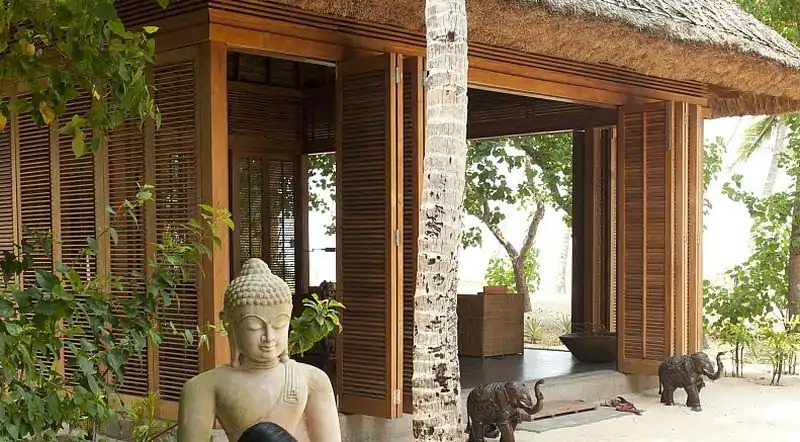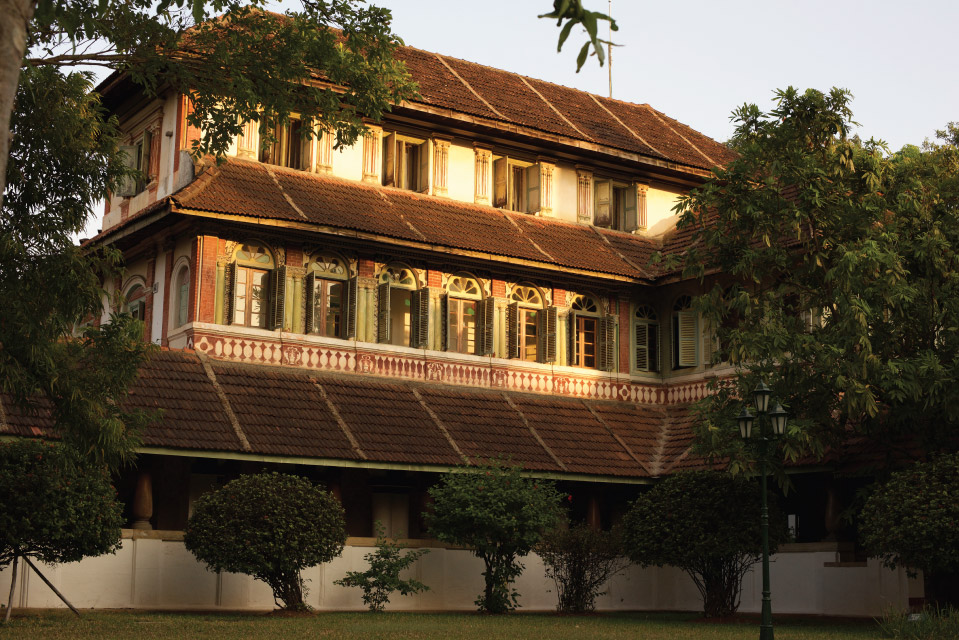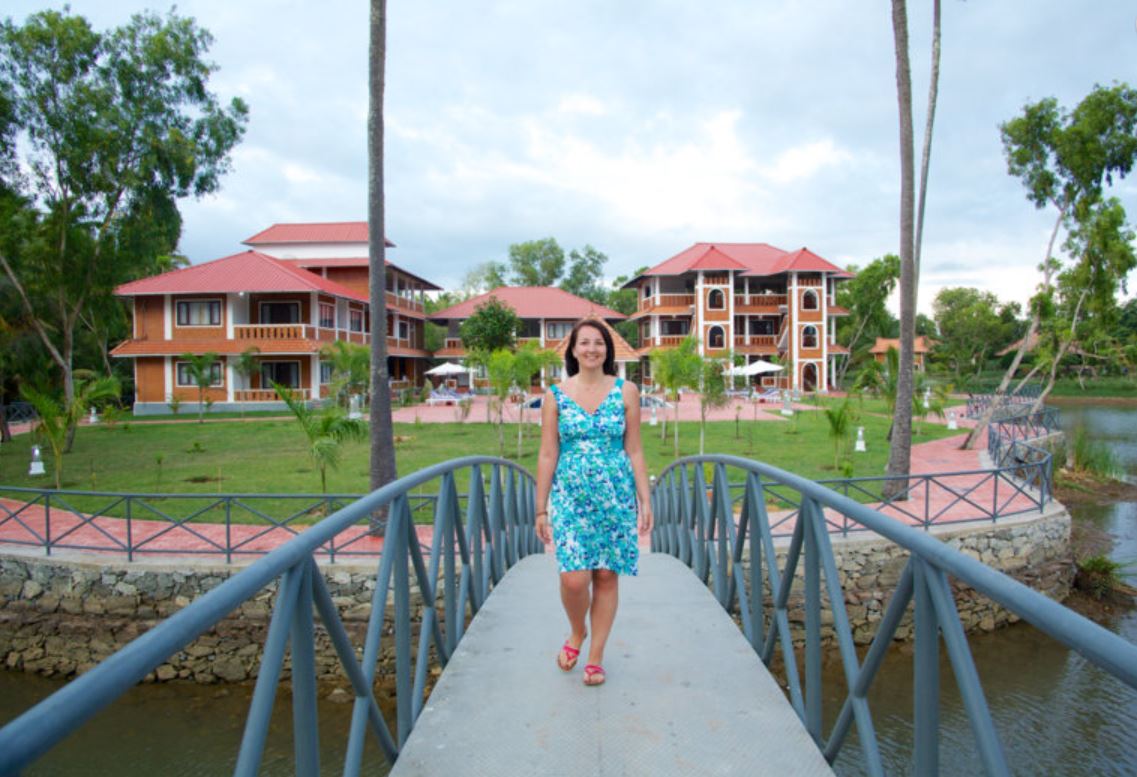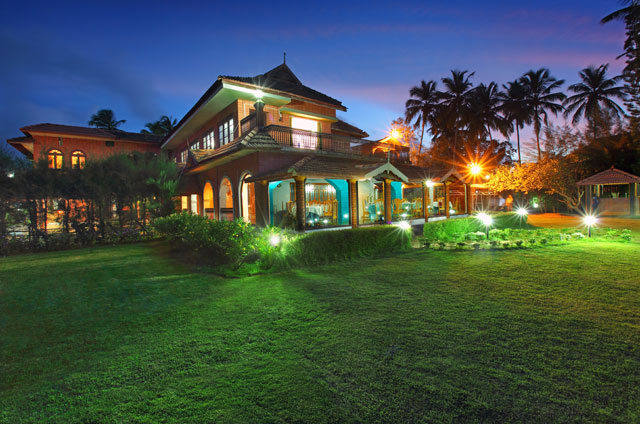
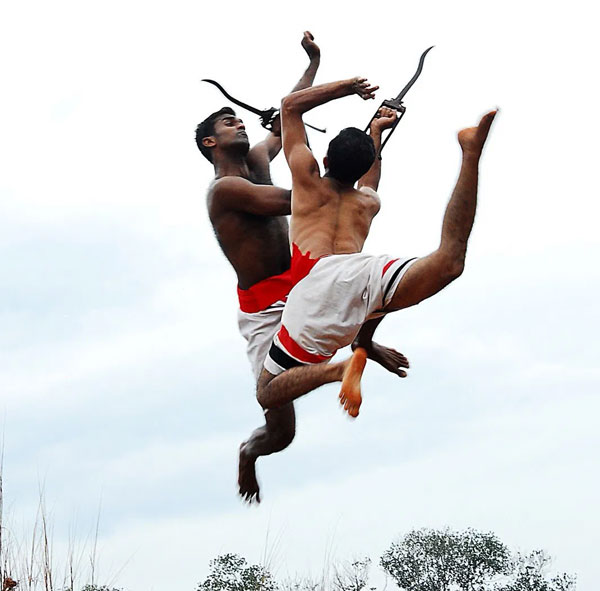

Kalari for Beginners | Kalari for Kids
KALARI TRAINING IN KERALA
KALARIPAYATTU ( MARTIAL ARTS)
Kalari training in Kerala – Kalarippayattu (Malayalam, pronounced is a Dravidian martial art from Kerala, India. Possibly one of the oldest fighting systems in existence, it is practiced in Kerala and contiguous parts of Tamil Nadu and Karnataka as well as northeastern Sri Lanka and among the Malayalee community of Malaysia.
Get Free QuoteThe word is spelt variously as Kalari practices (payat), kalarippayattu, kalaripayatt and many others depending on the dialect and romanisation system used.
It includes strikes, kicks, grappling, preset forms, weaponry and healing methods. Regional variants are classified according to geographical position in Kerala; these are the northern style, the southern style and the central style. Northern Kalari practices (payat) is based on the principle of hard technique, while the southern style primarily follows the soft techniques, even though both systems make use of internal and external concepts.
Some of the choreographed sparring in Kalari practices payat) can be applied to dance and kathakali dancers who knew martial arts were believed to be markedly better than the other performers. Some traditional Indian dance schools still incorporate Kalari practices (payat) as part of their exercise regimen.
REGIONAL VARIATIONS
There are several styles of Kalari practices payat). The three main schools of thought can be distinguished by their attacking and defensive patterns.
NORTHERN STYLE KALARI TRAINING IN KERALA
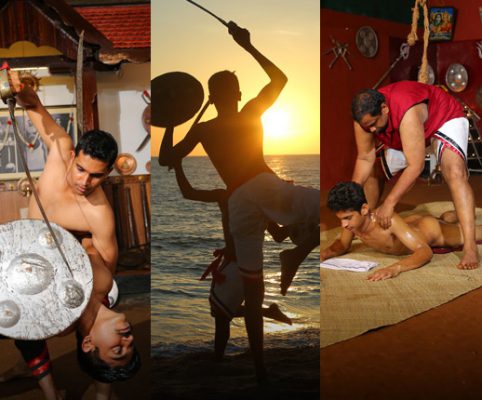 Northern Kalari Kalari training in Kerala was practised mainly in the northern Malabar region of Kozhikode and Kannur It places more emphasis on weapons than on empty hands. Parashurama, the sixth avatar of Vishnu, is believed to be the style’s founder according to both oral and written tradition. Masters in this system are usually known as Gurukkal or occasionally as Asan, and were often given honorific titles, especially Panikkar
Northern Kalari Kalari training in Kerala was practised mainly in the northern Malabar region of Kozhikode and Kannur It places more emphasis on weapons than on empty hands. Parashurama, the sixth avatar of Vishnu, is believed to be the style’s founder according to both oral and written tradition. Masters in this system are usually known as Gurukkal or occasionally as Asan, and were often given honorific titles, especially Panikkar
The Kalari training in Kerala is distinguished by its Meippayattu – physical training and use of full-body oil massage. The system of treatment and massage and the assumptions about practice are closely associated with Ayurveda. The purpose of medicinal oil massage is to increase the practitioners’ flexibility, to treat muscle injuries incurred during practice, or when a patient has problems related to the bone tissue, the muscles, or nerve system. The term for such massages is Thirumal and the massage specifically for physical flexibility Chavutti Thirumal which literally means “stamping massage” or “foot massage”. The masseuse may use their feet and body weight to massage the person.
There are several lineages/styles (sampradaya), of which ‘Thulunadan’ is considered as the best. In olden times, students went to Thulunadu Kalari’s to overcome their defects (Kuttam Theerkkal). There are schools which teach more than one of these traditions. Some traditional Kalari around Kannur, for example, teaches a blend of Arappukai, Pillatanni, and Katadanath styles.
SOUTHERN STYLE KALARI TRAINING IN KERALA
 Southern Kalari Kalari training in Kerala was practised mainly in old Travancore including the present Kanyakumari district of Tamil Nadu primarily by Nadars and Ezhavas in Kerala. It emphasises empty hand techniques. The founder and patron saint is believed to be the rishi Agasthya rather than Parasurama. Masters are known as ‘Asaan. The stages of training are Chuvatu (solo forms), Jodi (partner training/sparring), Kurunthadi (short stick), Neduvadi (long stick), Katthi (knife), Katara a (dagger), valum parichayum (sword and shield), chuttuval (flexible sword), double sword, Kalari grappling and marma (pressure points).
Southern Kalari Kalari training in Kerala was practised mainly in old Travancore including the present Kanyakumari district of Tamil Nadu primarily by Nadars and Ezhavas in Kerala. It emphasises empty hand techniques. The founder and patron saint is believed to be the rishi Agasthya rather than Parasurama. Masters are known as ‘Asaan. The stages of training are Chuvatu (solo forms), Jodi (partner training/sparring), Kurunthadi (short stick), Neduvadi (long stick), Katthi (knife), Katara a (dagger), valum parichayum (sword and shield), chuttuval (flexible sword), double sword, Kalari grappling and marma (pressure points).
Closely related to southern Kalari training in Kerala is silambam, the art of stick fighting. It supposedly originated in the Kurinji hills of Kerala some 5000 years ago where natives were using bamboo staves to defend themselves against bandits and wild animals. “Salambal” is a common word used to denote the sound of fast-flowing rivers/springs, the chirping noises of birds, the murmur of leaves, the noise created by a talking crowd, the whooshing, whirring and clanging sound of weapons etc. When long sticks, swords and chain flails are used they produce the “sala sala” sound which is called salambal. Thus silambam became the name of the martial art that uses long sticks, swords etc.
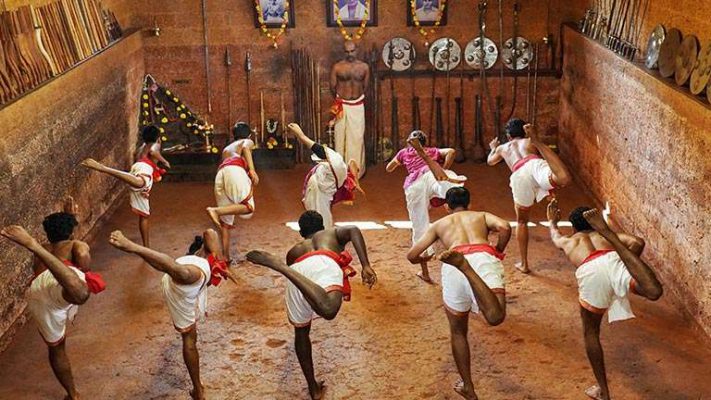 CENTRAL STYLE
CENTRAL STYLE
Central Kalari Kalari training in Kerala is practised mainly in Thrissur, Malappuram, Palakkad and certain parts of Ernakulam districts. It is a composite of the northern and southern styles that includes northern meippayattu preliminary exercises, southern emphasis on empty-handed moves and its own distinctive techniques which are performed within floor drawings known as kalam.
Other Related Portals: Kerala Tourism | Kerala Tour Packages | Kerala Ayurveda Packages | Car Rental in Kochi |
Car Rental in Kannur | Wayanad Tour Packages | Trivandrum Car Rentals | India Tour Packages

